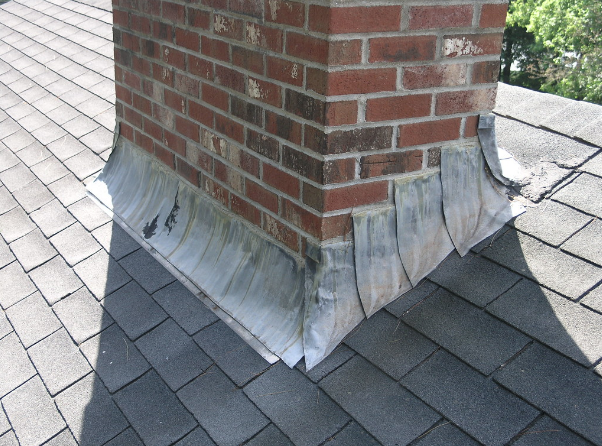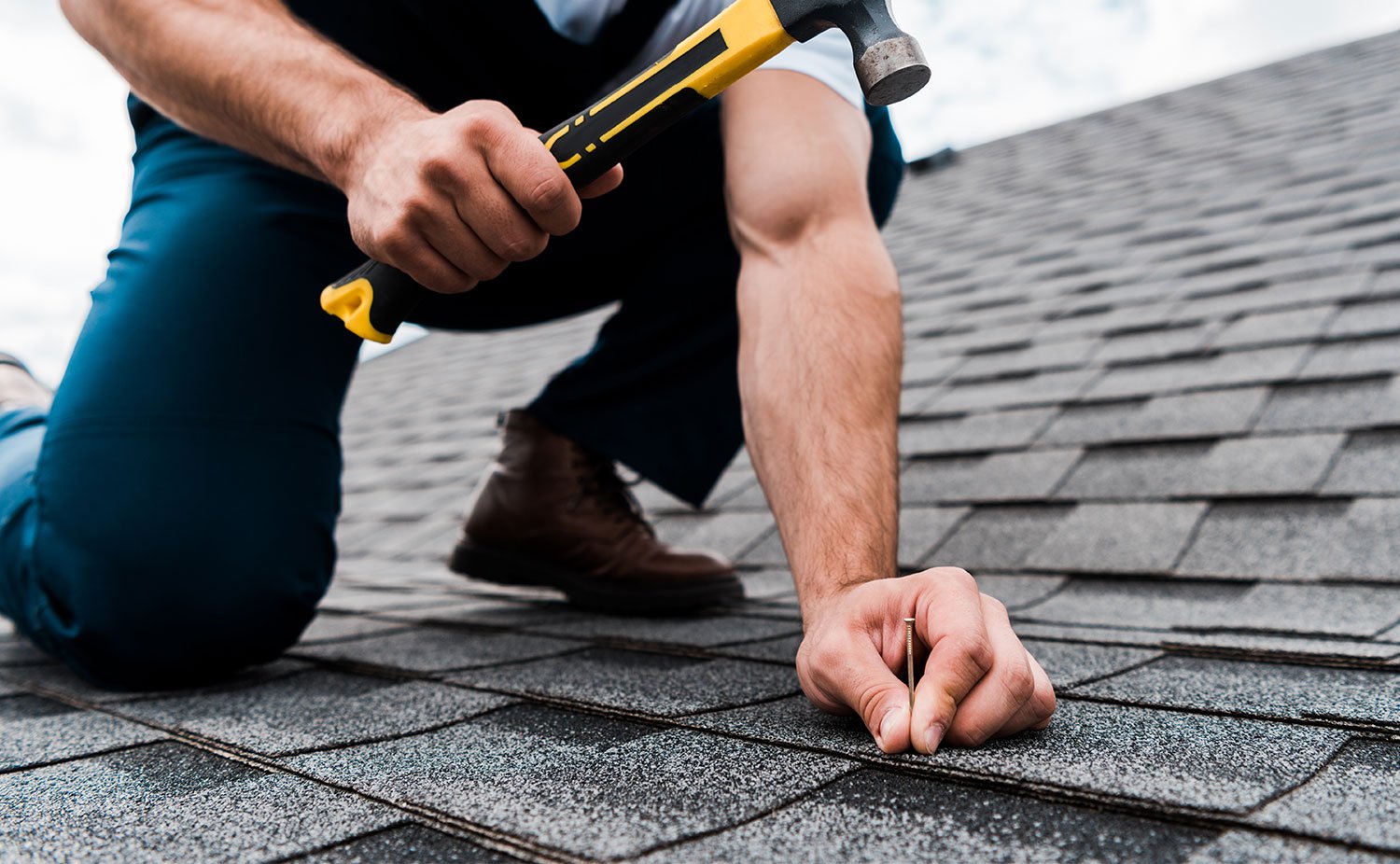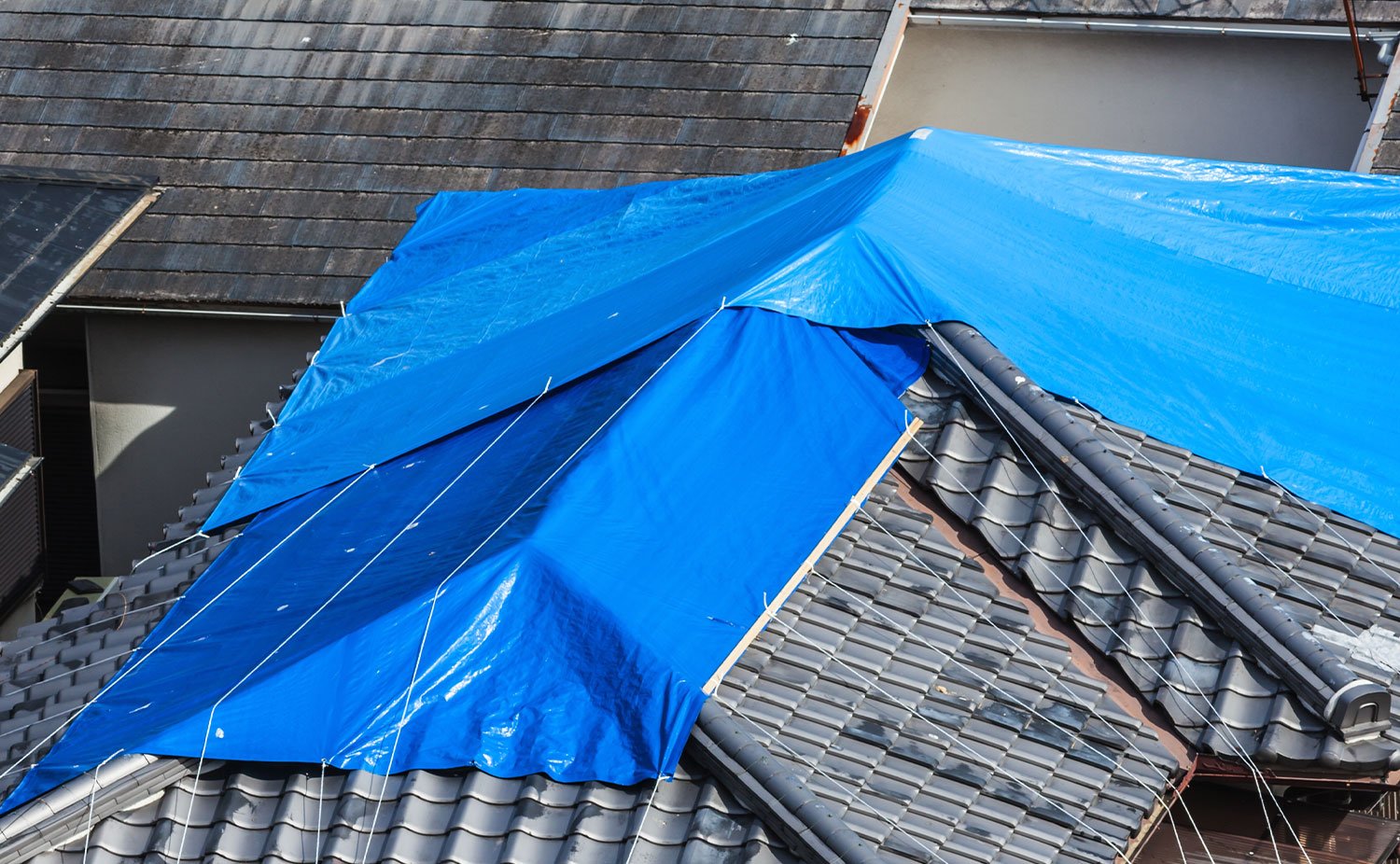What Is Roof Flashing? Types of Roof Flashing & Roof Flashing Materials
Residential roofing systems contain many parts, and to ensure your home is protected from the elements, it’s essential to ensure every piece is in place.
One of the most important components of your roofing system is the flashing. Roof flashing plays an important role in preventing leaks and keeping your home free of water and moisture. If you are planning to install a roof or replace your existing roof, be sure to pay close attention to the flashing.
What Is Roof Flashing?
Roof flashing is a thin, flat, impermeable piece of metal used to prevent water from getting into your home. It is used to waterproof the perimeter by sealing joints, seams, and crevices around protrusions and other areas of the roof. Professional roofers use flashing to direct water away from these vulnerable areas so that moisture doesn’t leak into the roof deck.
If the flashing on your roof is damaged or improperly installed, it can lead to water damage, wood rot, or even collapse of the roof decking.
Areas of the Roof That Require Flashing
Many areas of the roof, such as protrusions and places where the roof connects to the rest of the house, are vulnerable to leaks and require properly installed flashing:
- Side and front walls
- Chimneys
- Skylights
- Vents
- Valleys
- Roof edges
Without properly installed flashing, these areas are prone to letting water drip into the crevices and—eventually—into your home.
Common Types of Roof Flashing
These are several types of roof flashing—essentially, at least one type designed specifically for each area of the roof that requires flashing.
Here are the key types of flashing you need to know about:
- Step flashing: Used against the sides of walls and chimneys
- Kickout flashing: Used to bridge the gap between step flashing and the gutter
- Continuous or apron flashing: Used at the base of a wall or penetration or around dormers
- Base flashing and counter flashing: Used together on walls, chimneys, and other areas that require two pieces of flashing
- Skylight flashing: Used around skylights
- Valley flashing: Used to protect open valleys
- Drip edge flashing: Used to help water drip off the roof without leaking into the home
Choosing and installing the right kind of flashing around areas of the roof where water can penetrate is essential to ensuring your roof is watertight.
Roof Flashing Materials
In the past, roofers would use lead-coated roof flashing materials in residential homes. Now, today’s roofing experts have better options. There are three common roof flashing materials you will see on modern homes:
- Aluminum: Lightweight and easy to form
- Copper: Pliable, highly durable, and long-lasting
- Steel: Aesthetically pleasing, malleable, and resistant to corrosion
Keep in mind that the building codes of some cities, counties, and states specify the materials roofers can use for flashing.
Contact the Chicago Roofing Experts at Champion Roofing
At Champion Roofing, we are a recognized leader in the Chicago roofing industry. Our professional roofing contractors offer a range of services, including roof maintenance, repair, and replacement—all featuring the high-quality work that comes with 30 years of experience serving residents in the Chicago area.
Our roofing team is ready to guide you through your project every step of the way. Whether you need to install roof flashing, repair damaged shingles, or replace your roof entirely, we are here to help.
Contact us today to get a free quote. Your roof is worth the investment.
.png)
.jpg)


